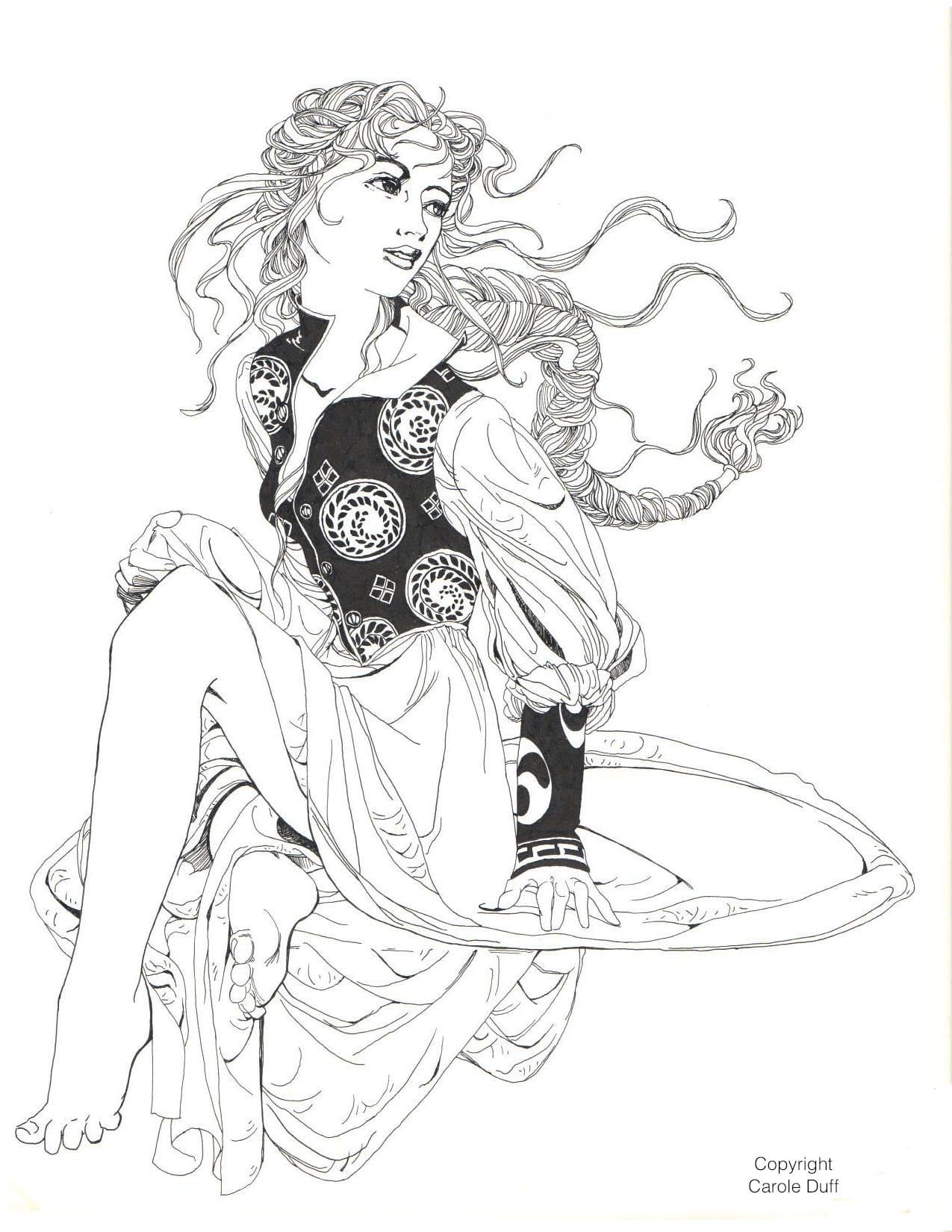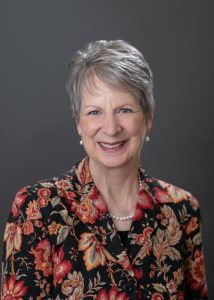 Several months ago, I joined Goodreads, an online book club where members share recommendations. After setting up an account, I compiled my list of recent favorites, current reads and books that I planned to read soon. Instead of sending out emails to friends and colleagues in my contacts list – not everyone has time or interest – I checked out Goodreads’ choices and other subscribers’ reviews and ratings by category.
Several months ago, I joined Goodreads, an online book club where members share recommendations. After setting up an account, I compiled my list of recent favorites, current reads and books that I planned to read soon. Instead of sending out emails to friends and colleagues in my contacts list – not everyone has time or interest – I checked out Goodreads’ choices and other subscribers’ reviews and ratings by category.
Being a child of hard copies, town and school libraries and the Dewey Decimal system, I was a bit overwhelmed by the explosive breadth, specificity and cross-fertilization of categories and tags. Goodreads divides books by such common genres as fiction, non-fiction, history & biography, memoir & autobiography, mystery & thriller, romance, science fiction, historical fiction, fantasy; informational areas, such as, business, cooking, music, philosophy, psychology, religion; age-groups: children’s and young adult; artistic formats: graphic novels and manga; or cross-listings, such as, paranormal fantasy and young adult fantasy & science fiction. Classics, Comics and Crime, oh, my!
Marketers advise authors to identify their wares with a particular genre and comparable works with proven sales records. Knowing one’s target audience is essential, and that takes drilling down from “everyone” to “a 30-something, middle-class, heterosexual, working mother who has two children, lives in the ‘burbs, shops at Target, likes chick lit and drives an old car.” A book for that target audience would probably be categorized as “romance” and might have words like princess, love and rich as tags.
So, where to start the genre-identification process? How about fiction versus non-fiction? I am writing about my stepdaughter Gretchen who died before I met and married her father. Reading Gretchen’s journals, looking at her artwork and listening to her father’s stories leads me to journey back to my own past and discover something about faith, life-choices and goodbyes. In other words, I am writing a memoir, a work of literary or creative non-fiction. But the words “literary” and “creative” beg the question: are Gretchen’s stories and mine really true? Is truth the difference between fiction and non-fiction?
In his book, The Memoir and the Memoirist, Thomas Larson states that fiction, unlike memoir, is not designed for personal truths. Fiction is more like storytelling in the tradition of theater, epic, myth. Rather than the reflective presentation of self in a memoir, fiction’s narrative presents characters as persona, that is, shadow figures, sometimes fantasy, sometimes based on a real people. But since good memoir writing is storytelling, too, I’m back to that slippery word truth.
Emily Dickinson wrote, “Tell all the truth but tell it slant…” Memoirists tell their stories to the best of their understanding and selectively in order to create meaning out of life’s mundane chaos. Unlike autobiographies, which recount great achievements, a memoir’s reach tends to be modest, for an everyman or everywoman but not for everyone. Like a pebble dropped in a pond, a memoir might change one’s life for the better. And that, in truth, is my target.
What’s your favorite genre?



0 Comments